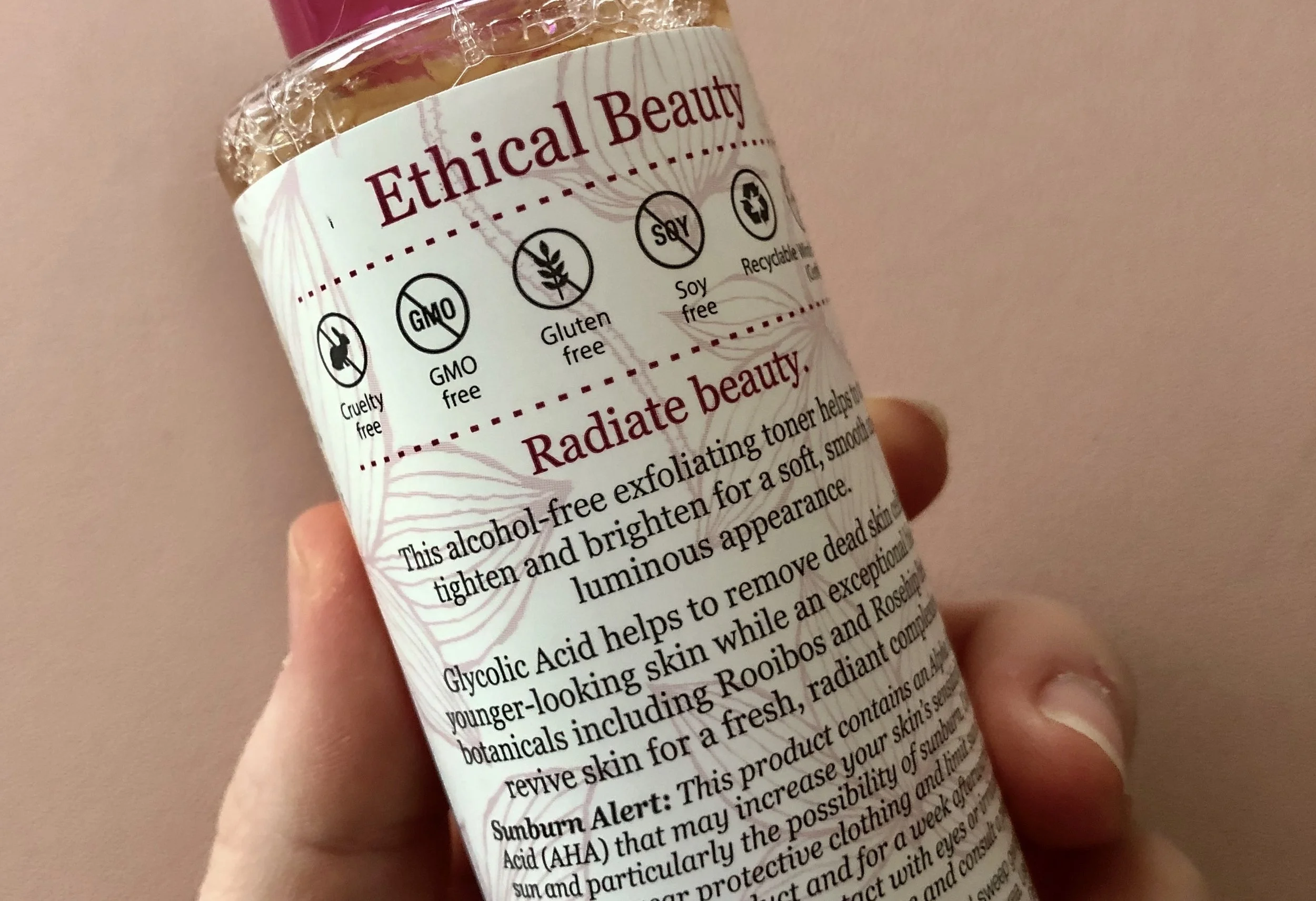Is Mineral Oil in Skincare Really that Bad?
Photo by Burst
Mineral oil is one of the most common skincare ingredients out there, but it comes with a lot of controversy. Some praise its hydrating properties, while others call for an all out ban of the ingredient. I personally was dismayed when I found it was the top ingredient in my favorite lip balm, which drove me to answer the question: is mineral oil really that bad? Here’s what the experts have to say.
The biggest concern about mineral oil is it’s derived from petroleum, as in the stuff used in the automotive industry. Thankfully, mineral oil used in cosmetics is highly refined. “With this refining process, harmful chemicals and possible carcinogens are removed making it a safe component of many skin care products,” says Manhattan Beach, CA dermatologist Nina Desai, MD. That said, its origins don’t exactly inspire good thoughts towards mineral oil.
Mineral oil is used in skincare as an occlusive agent, meaning it acts as a physical barrier to “prevent water from leaving your body through your skin,” says esthetician and formulator Bella Schneider. With this in consideration, it can be a helpful ingredient for those with dry skin.
“Mineral oil is an inert occlusive,” says cosmetic formulator Annalisa Branca. “When the transepidermal water loss (TEWL) is too high, skin can become dehydrated. Occlusive ingredients like mineral oil hinder TEWL and keep the water in, keeping our skin moisturized.”
The most damning aspect of mineral oil from a skincare perspective is it’s widely considered as comedogenic, or pore-clogging. “Because of this, I have my acne prone patients avoid any products with mineral oil,” says Dr. Desai.
However, you have to take this with a grain of salt because tests done on the comedogenicity of ingredients were done in the 1970s and at 100 percent concentrations of the ingredients. “Cosmetic formulations don’t use ingredients at 100 percent concentration, they are always a mix of various ingredients,” says cosmetic formulator Annalisa Branca. “Therefore, ingredients in formulations cannot really be labelled comedogenic, and this applies also to mineral oil. Just to make an example, 100 percent isopropyl palmitate had a comedogenic score of 3.3. When it was used in concentration up to 25 percent and mixed with other ingredients, the average score decreased to one.”
Branca also points out that the comedogenicity of a formulation can vary from skin to skin due to pore size and sebum composition.
The verdict? It really just depends on what you care about. It’s helpful for dry skin, but can potentially clog pores, especially on those with acne-prone skin.
Perhaps the biggest piece to consider is the environmental impact that mineral oil and the petroleum industry has on the planet. “When disturbed and spread through the earth, water, and land surface, petroleum is carcinogenic and causes eco-disasters,” says Los Angeles, CA esthetician Biba de Sousa.
Sousa adds that mineral oil is replaceable and not mandatory in skincare products, so there’s really no reason to use it.








